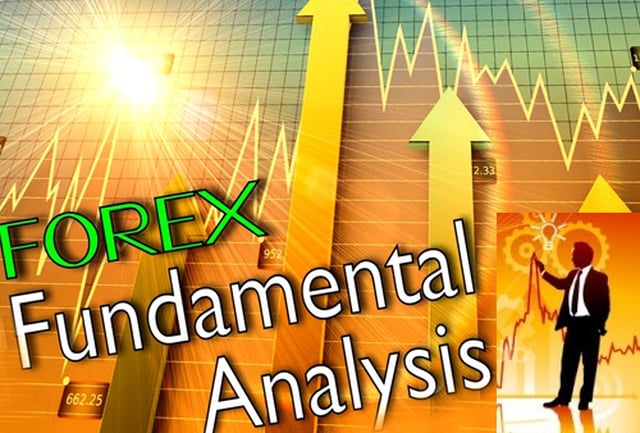 Fundamental analysis is a method of forecasting the future price movements of a currency pair, based on economic, political, environmental and other relevant factors and statistics. In practice, many market players use technical analysis in conjunction with fundamental analysis to determine their trading strategy. One major advantage of technical analysis is that experienced analysts can follow many markets and market instruments, whereas the fundamental analyst needs to know a particular market intimately. Forex fundamental analysis focuses on what should happen in a market and the technical analyst looks at what has actually happened.
Fundamental analysis is a method of forecasting the future price movements of a currency pair, based on economic, political, environmental and other relevant factors and statistics. In practice, many market players use technical analysis in conjunction with fundamental analysis to determine their trading strategy. One major advantage of technical analysis is that experienced analysts can follow many markets and market instruments, whereas the fundamental analyst needs to know a particular market intimately. Forex fundamental analysis focuses on what should happen in a market and the technical analyst looks at what has actually happened.
Fundamental analysis is built from the basic idea that the value of a currency is determined by comparing the strength and weakness of a country's economy to that of its trading partners. The stronger the country's economy (which is measured by higher interest rates, lower inflation, greater productivity, stronger political stability, higher GDP growth and much more), the stronger its currency. In time, these fundamental factors create the long term price trends that are typical of the currency markets.
There are certain economic indicators or reports that forex traders can observe in order to determine the strength of an economy. These reports are released by governments and independent bodies who collect and analyze the data prior to publishing it. They are released at set times and can be released weekly, monthly, quarterly or annually, depending on the report. Traders will generally look at the latest result of each report, as well as any changes to the results from the last published report.
Before we start creating a fundamental analysis we must first establish its basis. The basis of our analysis will involve the study of macroeconomics at the global scale. We must establish the background at the highest level to be able to filter the data and reach at the dynamics of currency pairs at the lowest level. In doing so, we will examine cyclical dynamics, the monetary policies of major central banks and a few other indicators. Past behavior of monetary institutions has great relevance to their future choices, which is why we must keep historical data in mind while analyzing the future direction of the markets.
The forex market turns over is 5 trillion every day, and this is on the low-side of estimates. You’re trading entire economies against each other, and it can be much more difficult to use fundamental points of reference in an effort to project future growth potential. For this reason many traders in the forex market incorporate or include technical analysis in their fundamental trade ideas. This can bring quite a bit of benefit to the trader in helping to determine trends or biases that may have been exhibited in a currency.







